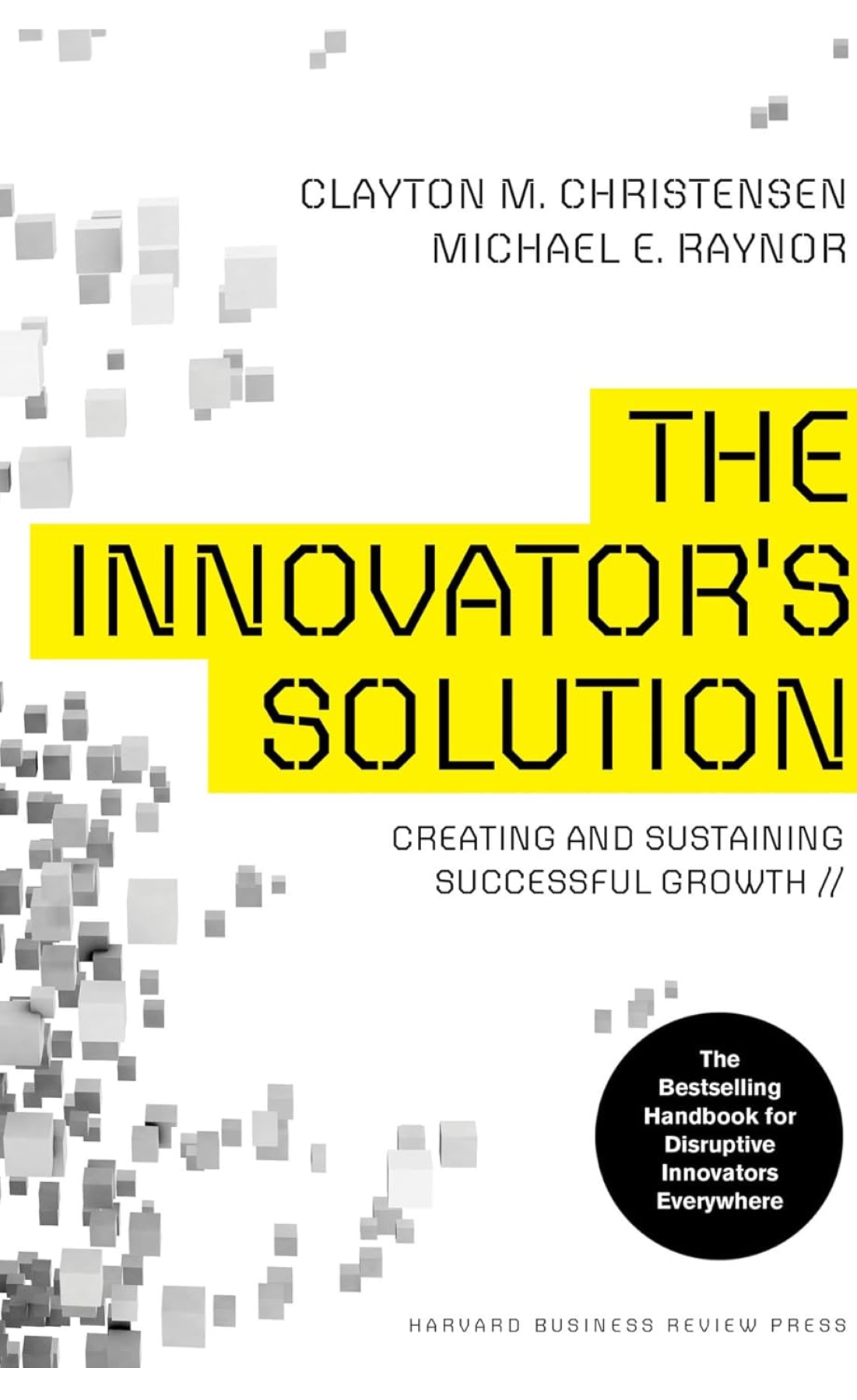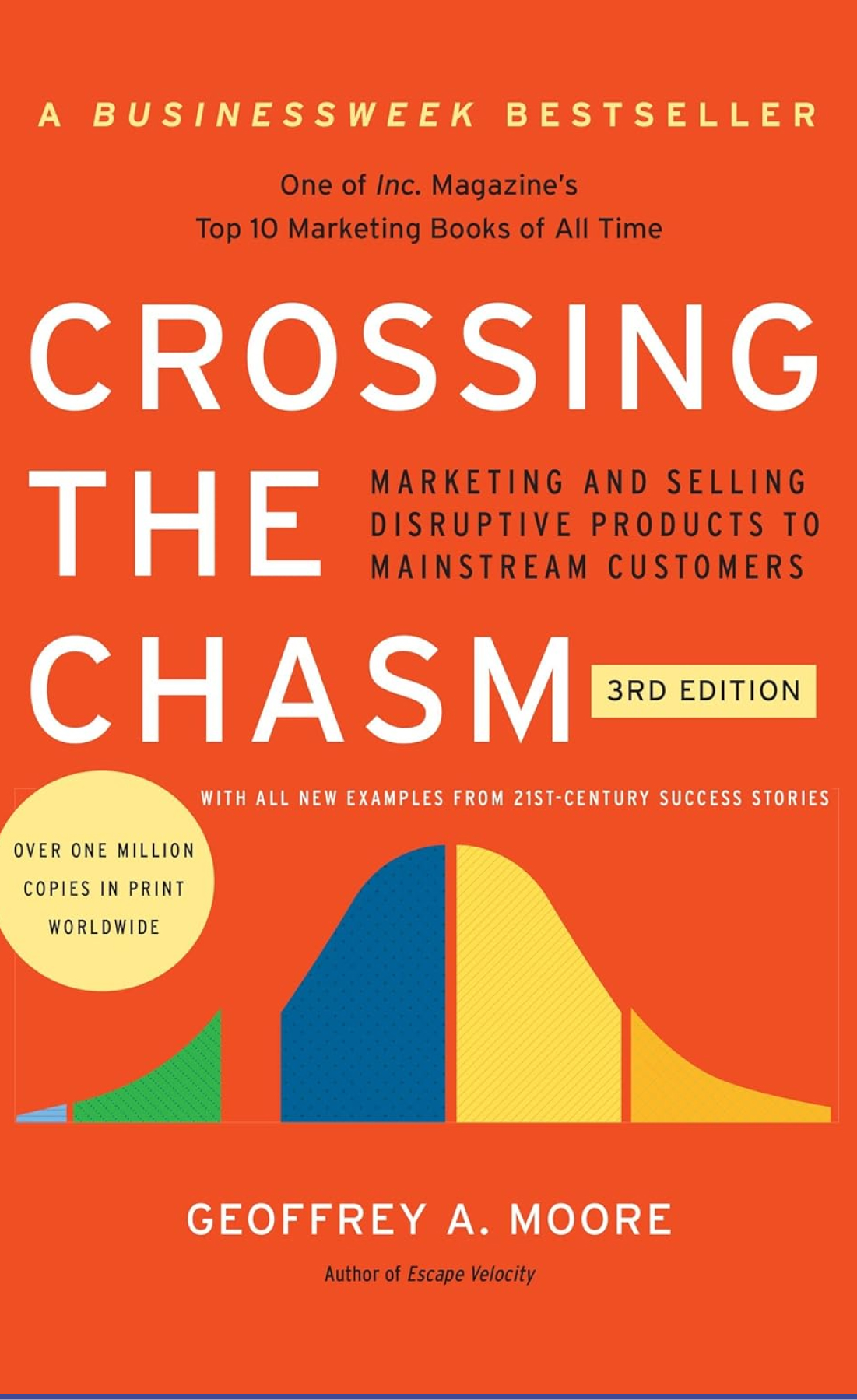Major concepts

Innovator’s Dilemma
The Innovator's Dilemma looks at why successful companies often struggle to stay innovative.

- Question current customer feedback but remain open to new markets.
- Balance short-term performance with long-term disruption potential.
- Build small, agile teams to drive innovation without risking core business.
- Stay updated on emerging trends and technologies.
The Innovator's Dilemma, a term by Clayton M. Christensen, explains why industry leaders often fail to adapt when disruptive technologies arise.
It highlights how the very strengths that help companies dominate their markets can also hold them back from adopting new innovations.
Understanding the Innovator's Dilemma
The dilemma has two key aspects:
- Listening too closely to current customers.
- Focusing on sustaining innovations that improve existing products.
These strategies solidify existing paths but can overlook new, disruptive technologies that start small but grow quickly.
Over time, these disruptive innovations can unseat established leaders who stick too closely to what has worked before.
Why Incumbents Fail
Successful companies often prioritize short-term stability over long-term potential.
- They may ignore new trends because early profits seem small.
- When disruptive innovations gain momentum, they can challenge established players.
This creates a situation where incumbents are caught off guard by new competitors.
How to Navigate the Dilemma
Balancing current strengths with future innovation is key to avoiding the Innovator’s Dilemma.
Here’s how companies can do it:
- Encourage idea-sharing across different departments.
- Create small, independent teams to explore new technologies.
- Build a culture that is open to change and experimentation.
- Invest in research to stay ahead of trends.
Success comes from embracing disruption internally while maintaining core operations.
By managing both, companies can sustain growth even during major industry shifts.




